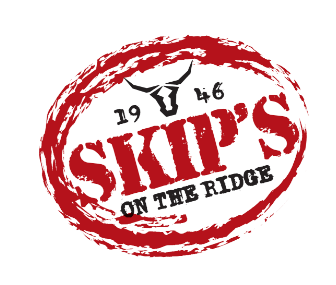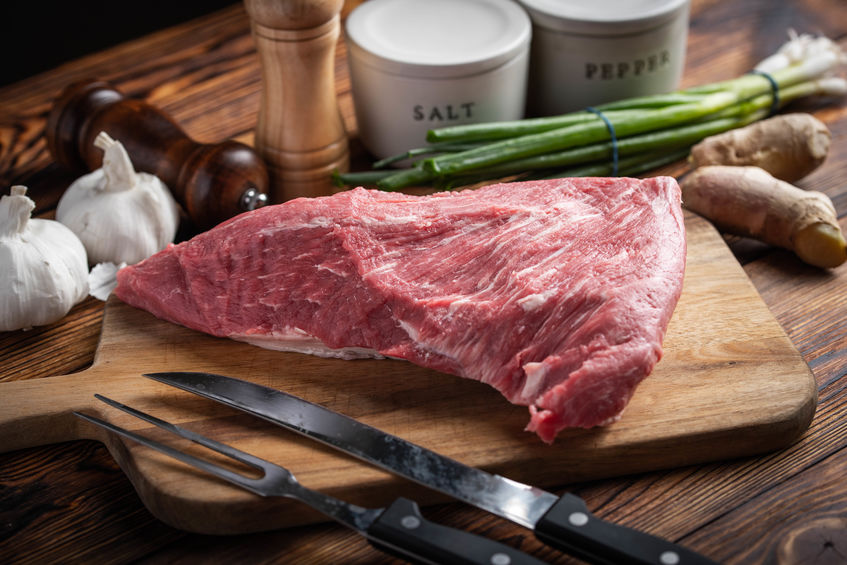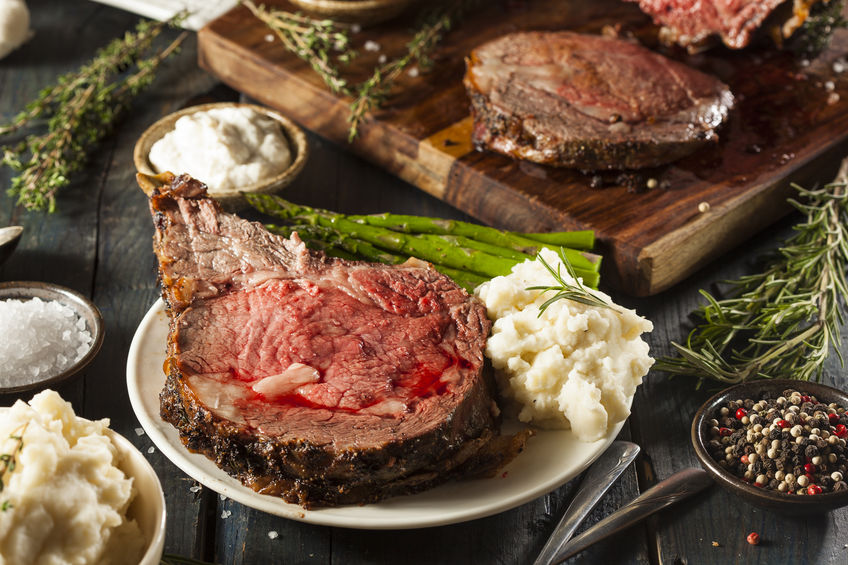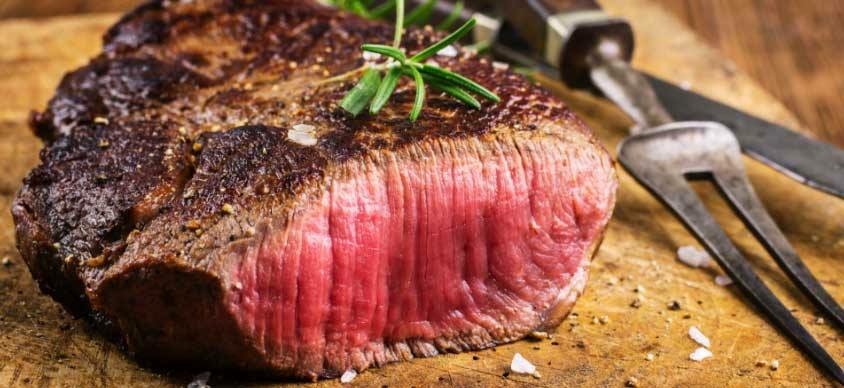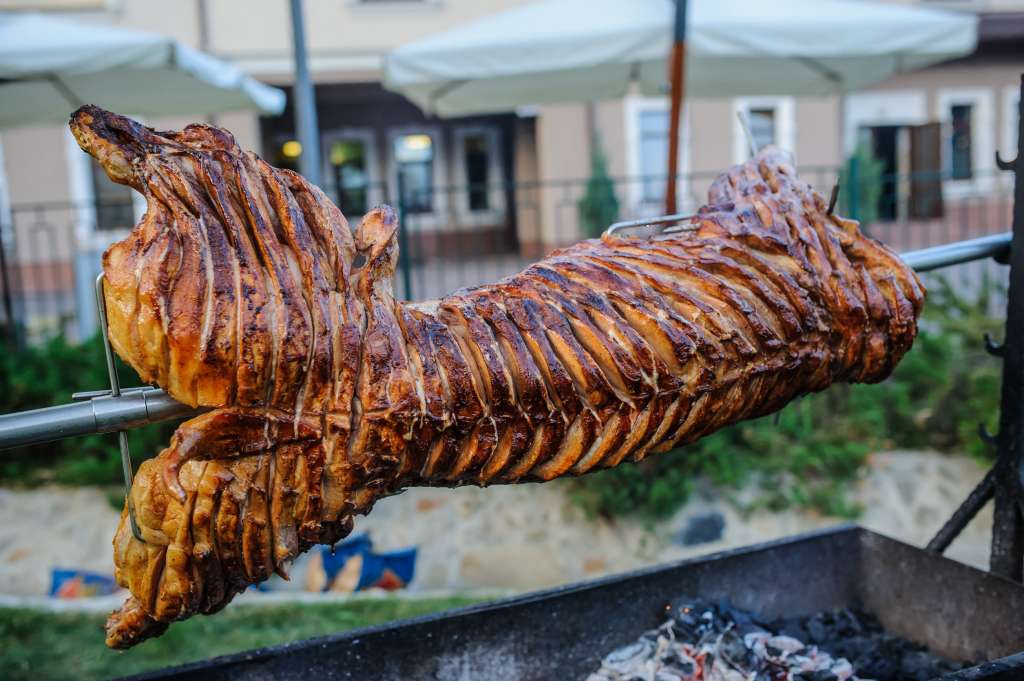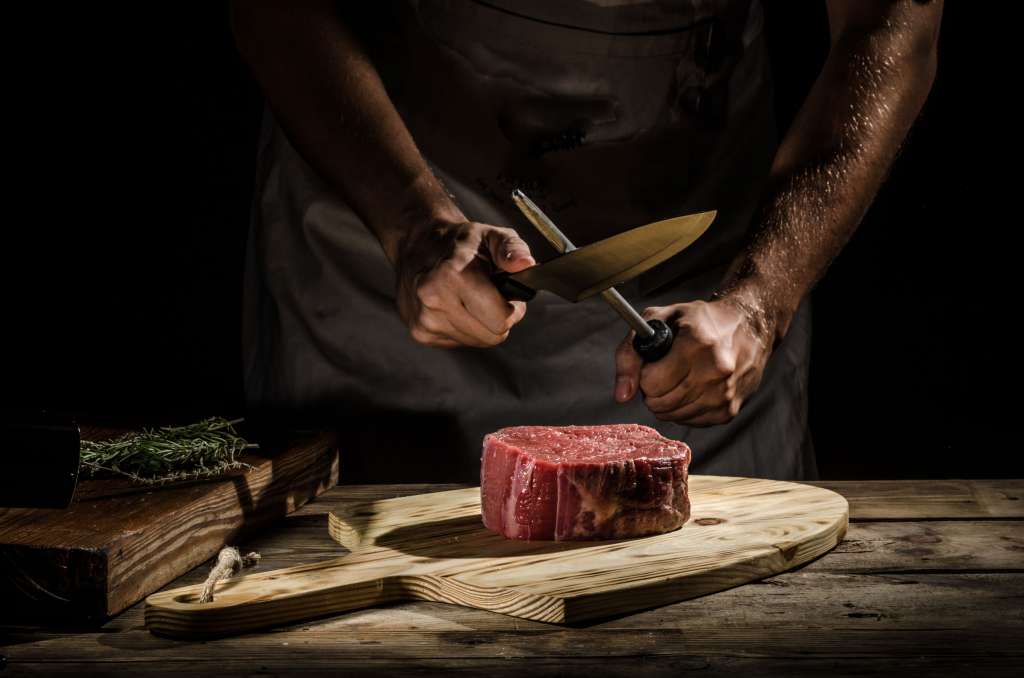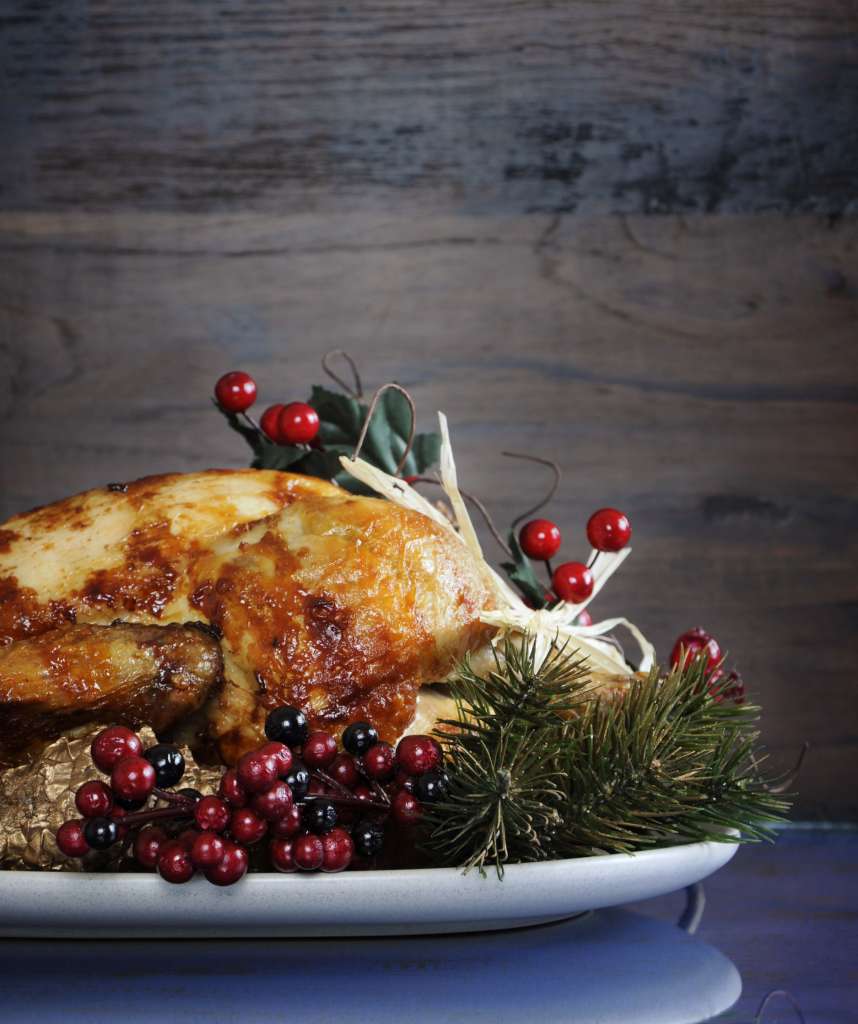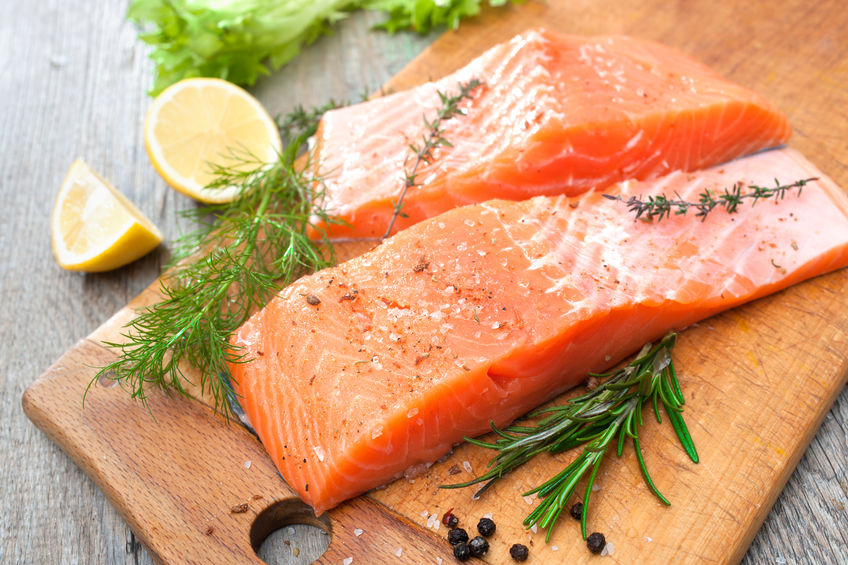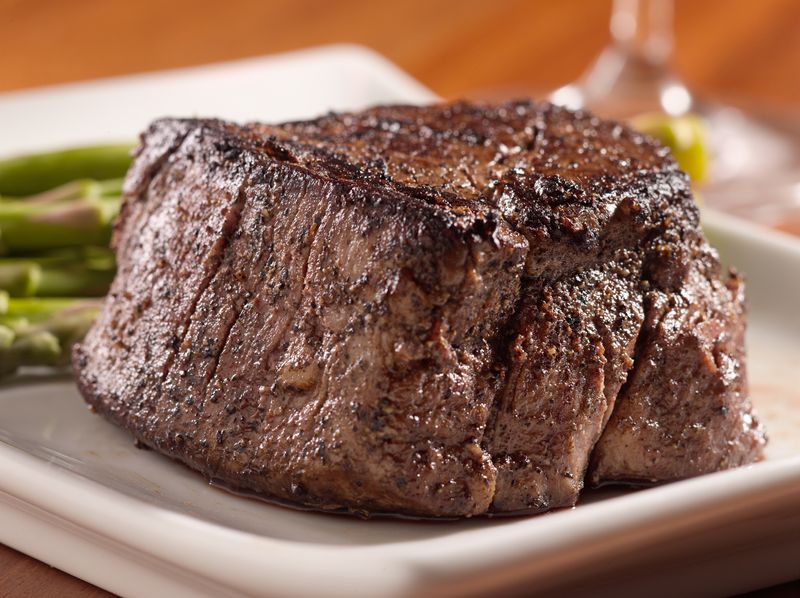On the Butcher's Bloq
USDA Grading
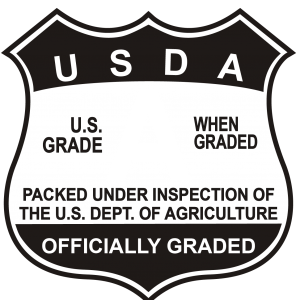
Many consumers don’t understand the quality grades of beef that the USDA carefully assigns to each cut. The grades indicate the level of quality of the beef, which explains why some cuts are more expensive than others.
Here at Skip’s, we sell only USDA Choice cuts of beef. We believe our customers deserve only high quality beef, and we want everyone to experience a delectable meal. We never sell ungraded or imported beef to our patrons.
Before you purchase your cut of beef, make sure you understand the different grades of quality. You can find the USDA grade sticker on the package of meat, or you can ask us to clarify.
Cooking Instructions
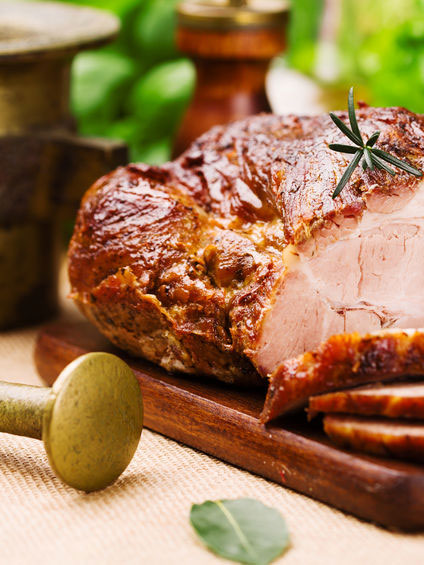
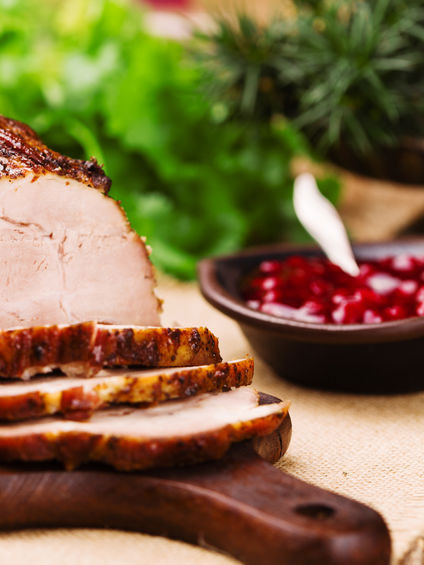
What’s the first step to creating the perfect meal, for holiday celebrations or weekly dinners? You must know the specific cooking instructions for all types of meat. Once you know the weight/size of the meat, oven temperature, cooking time, internal temperature of your meat during cook time, stand time, and internal temperature after it’s pulled from the oven, you’ll ensure a high class meal for every occasion. We help all our customers know the best way to manage our meat products, including the best ways to cook each one while maintaining the flavor and texture.
Type Cooking Temperatures
Beef, Lamb and Veal Rare 140°, Med. 160°, Well 170°
Poultry 180°
Pork Med. 160°, Well 170°
- Bone-in Prime Rib Roast: Roast in oven at 350°F for 20–24 minutes per pound, depending on desired final temperature.
- Boneless Prime Rib Roast: Roast in oven at 350°F for 18–22 minutes per pound, depending on desired final temperature.
- Top Round Roast: Roast in oven at 350°F for 22–26 minutes per pound, depending on desired final temperature.
- Top Sirloin Roast: Roast in oven at 350°F for 18–24 minutes per pound, depending on desired final temperature.
- Tenderloin Roast: Roast in oven at 425° F
- Whole Tenderloin (5-6 lbs.): 50–70 minutes
- Butt Tenderloin (3lbs.): 35 – 50 Minutes
- *Important*:*Take Roast out of the oven 8°F–10°F before desired temperature and let sit for 10–15 minutes. The roast will continue to cook for that time and reach your desired temperature.*Internal temperatures of beef
- *Use meat thermometer for best results in center of roast
- *Roast UNCOVERED in preheated oven.
- Rare – 140° F / Medium – 160° F / Well – 170° F
- Boneless Pork Roast: Roast in a 350° F for 25-30 minutes per pound, depending on desired final temperature.
- Pork Rib Roast: Roast in a 350° F for 20-25 minutes per pound, depending on desired final temperature.
- Crown Roast of Pork: Roast in a 350° F for 20-25 minutes per pound, depending on desired final temperature.
- *If stuffing your crown roast, cook stuffing in separate dish and place inside the roast for the last 20 minutes of cooking.
- Fresh Hams: Roast in a 350° F oven for 25-30 minutes per pound, depending on desired final temperature.
- Picnic Hams: Roast in a 350° F oven for 30- 35 minutes per pound, depending on desired final temperature.
- Spiral Hams: Roast in a 300° F oven for 10-14 minutes per pound, depending on desired final temperature.
- Cooked Hams: Roast in a 325° F oven for 15-18 minutes per pound for a WHOLE ham, 18-24 minutes per pound for a HALF ham
- *Important*
- *Internal Temperatures for Pork
- Fresh Pork to 150-160°F /Cooked Hams can be cooked to 140° F
- *These are only suggested cooking instructions
- *All ovens cook differently; adjust times accordingly.
- *ALWAYS USE A MEAT THERMOMETER!!!!!!
Cooking Instructions Coming Soon
Cooking Instructions Coming Soon
